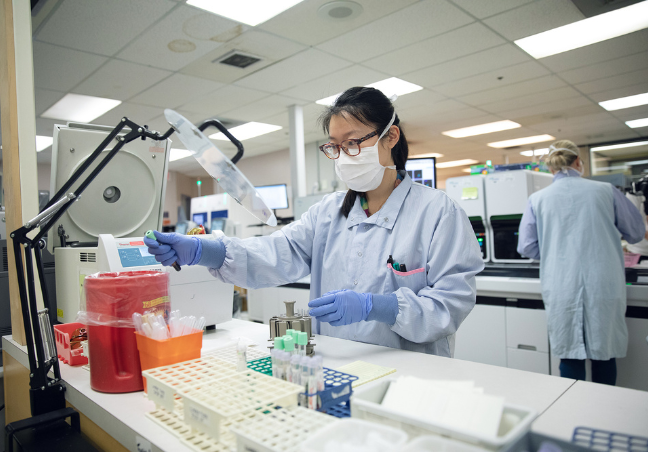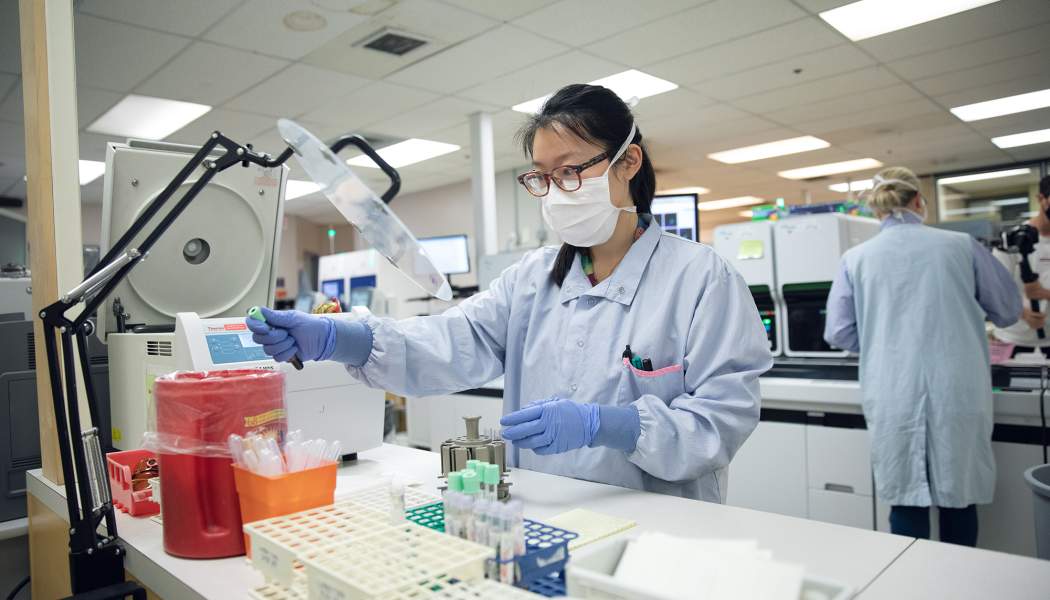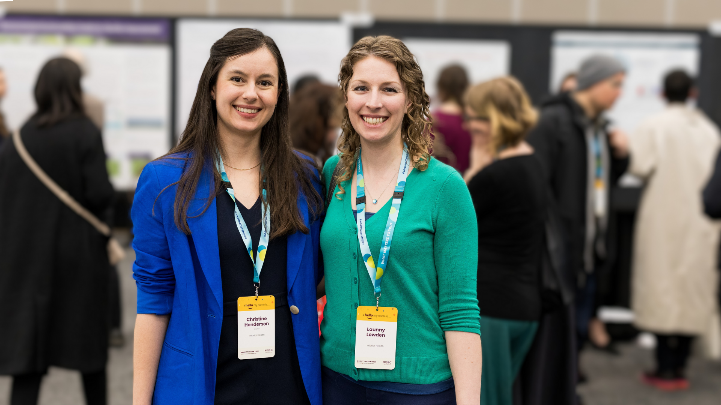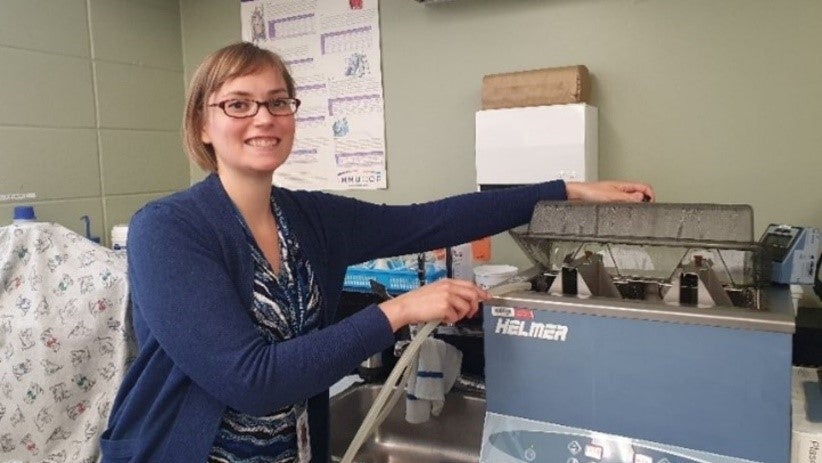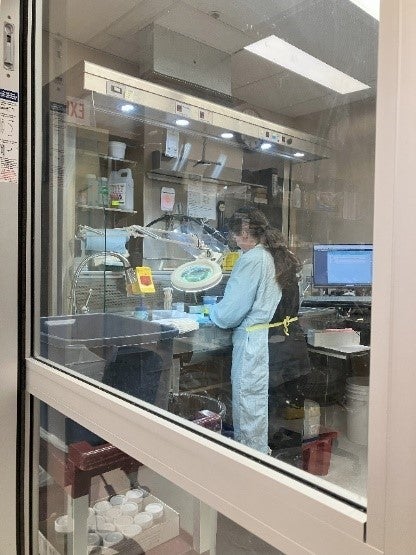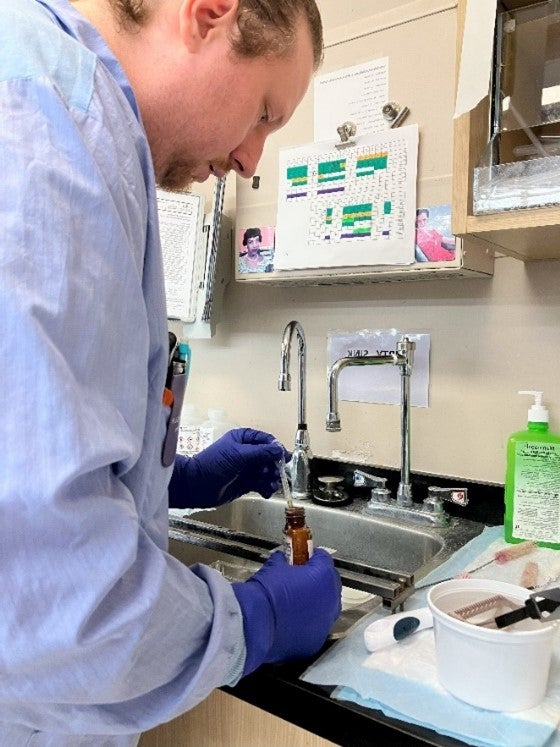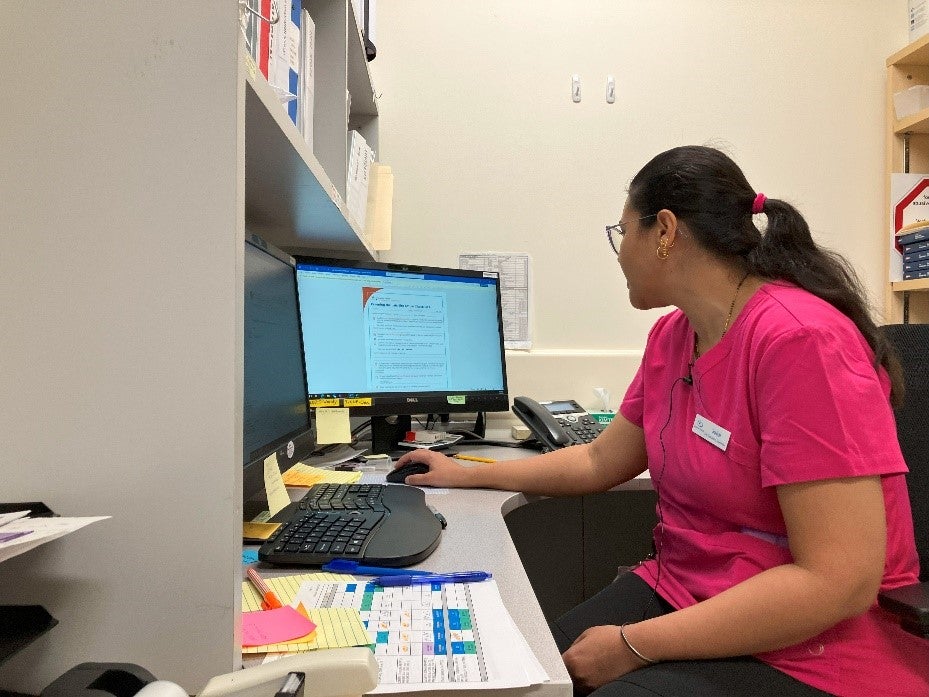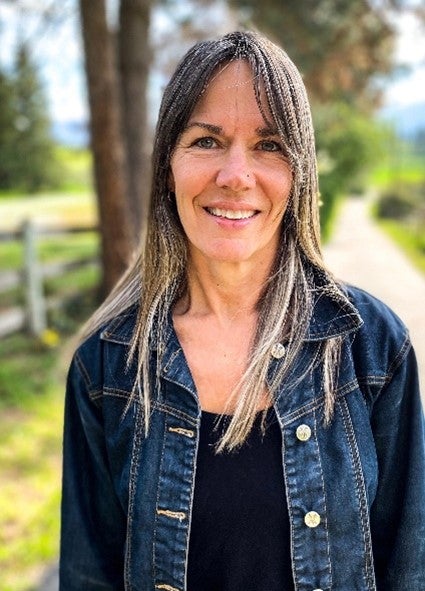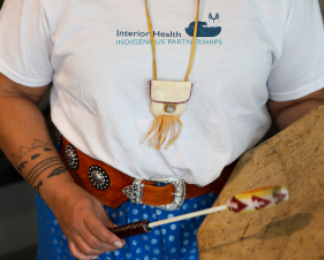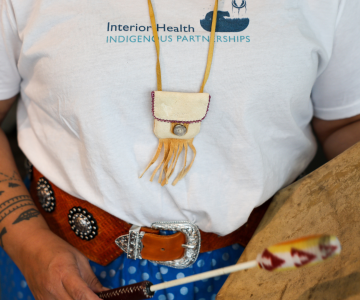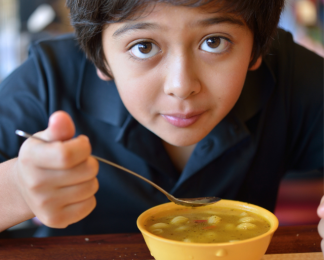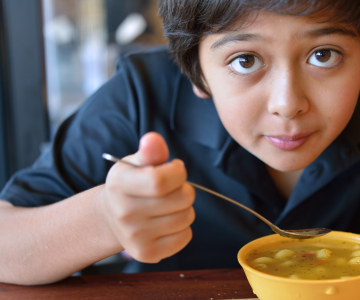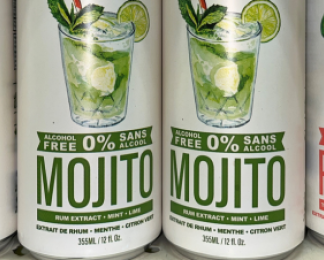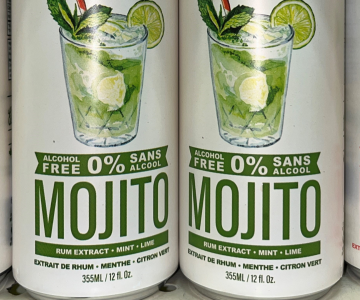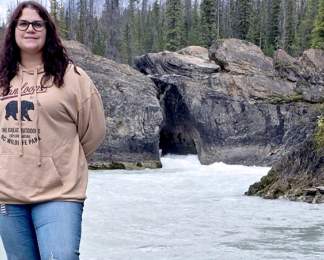Behind a heavy metal door with an orange biohazard sign at Penticton Regional Hospital is laboratory services. Here—and at labs like this across Interior Health (IH)—dedicated professionals test and process patients’ blood, urine and tissue samples 24 hours a day, seven days a week.
The lab buzzes with activity and the whir of instruments. Lab professionals in blue gowns and gloves move about, placing samples in centrifuges and high-tech analyzers. Technologists sit at microscope stations evaluating blood cells and assessing culture plates for disease-causing pathogens. Others screen patients for compatible blood products. In an adjacent room, technologists inspect and prepare tissue slides for pathologists.
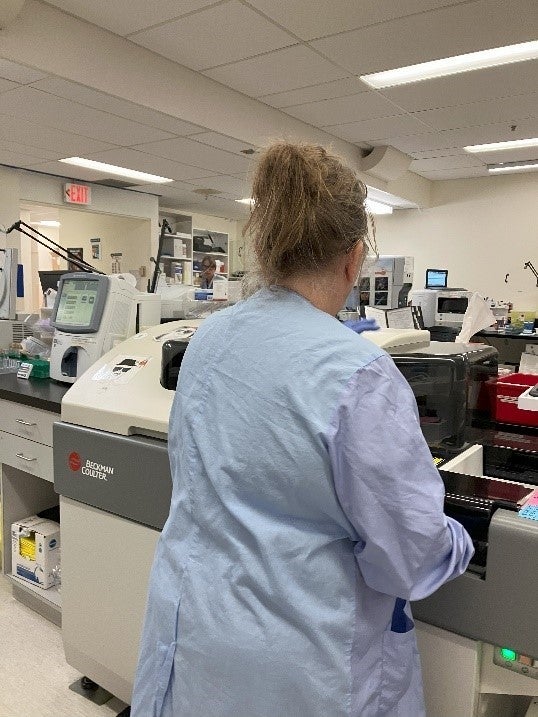
Lab testing is the highest volume activity in medical care. With thousands of tests performed every day across the IH region, it’s hard to fathom the amount of energy and materials labs use—everything from vials and tubes to personal protective equipment, electricity and solvents.

